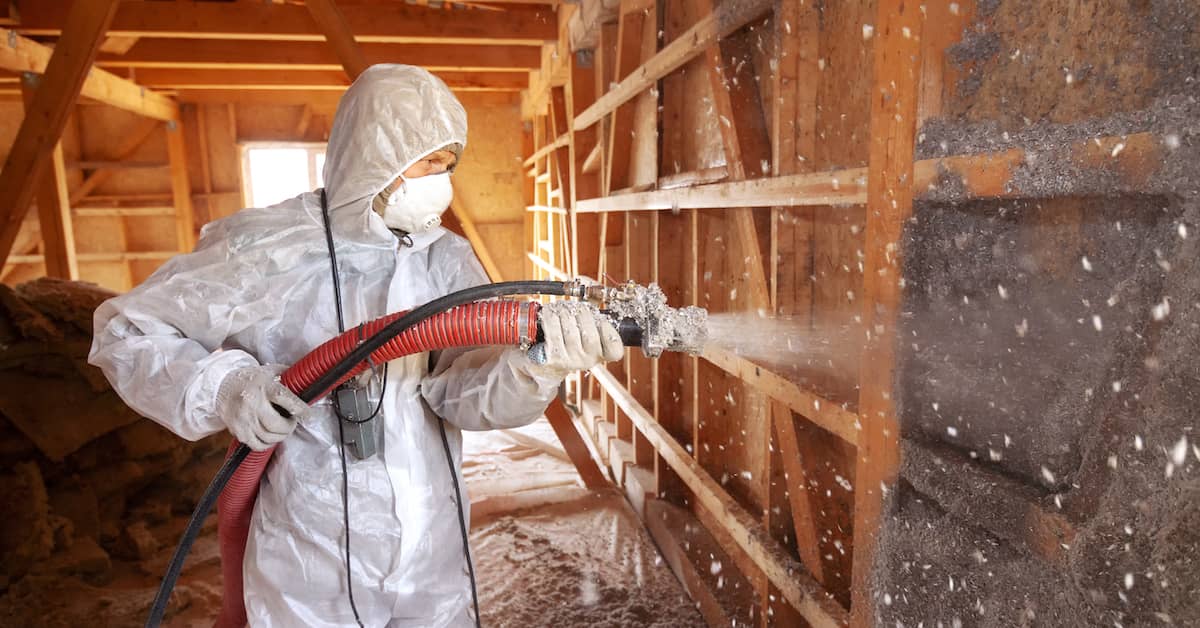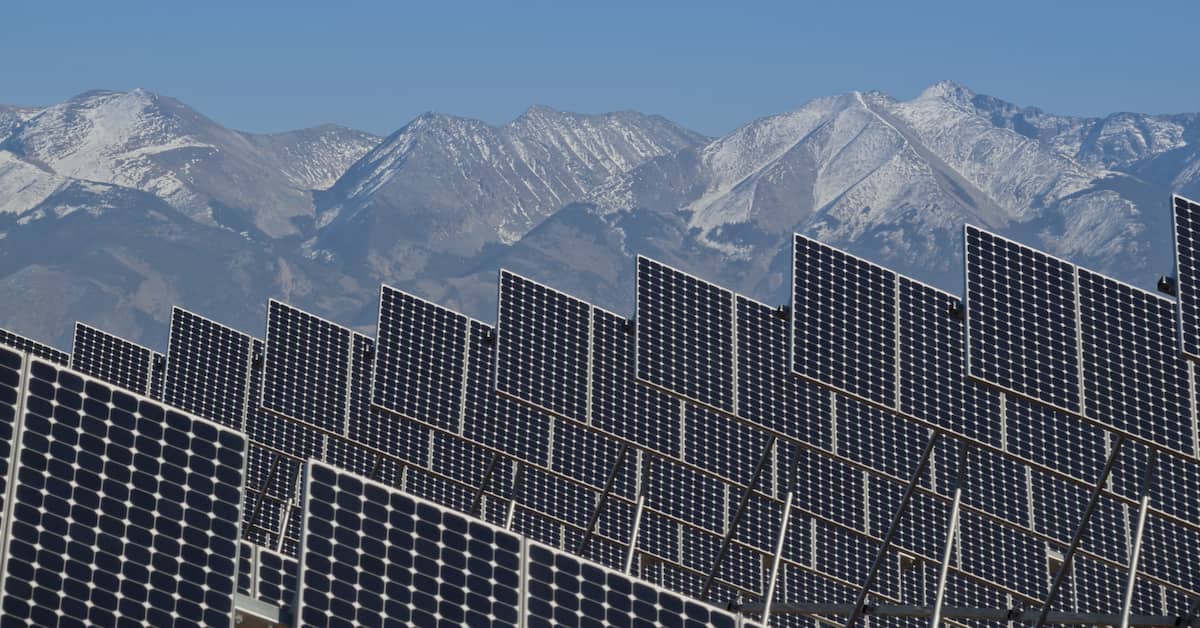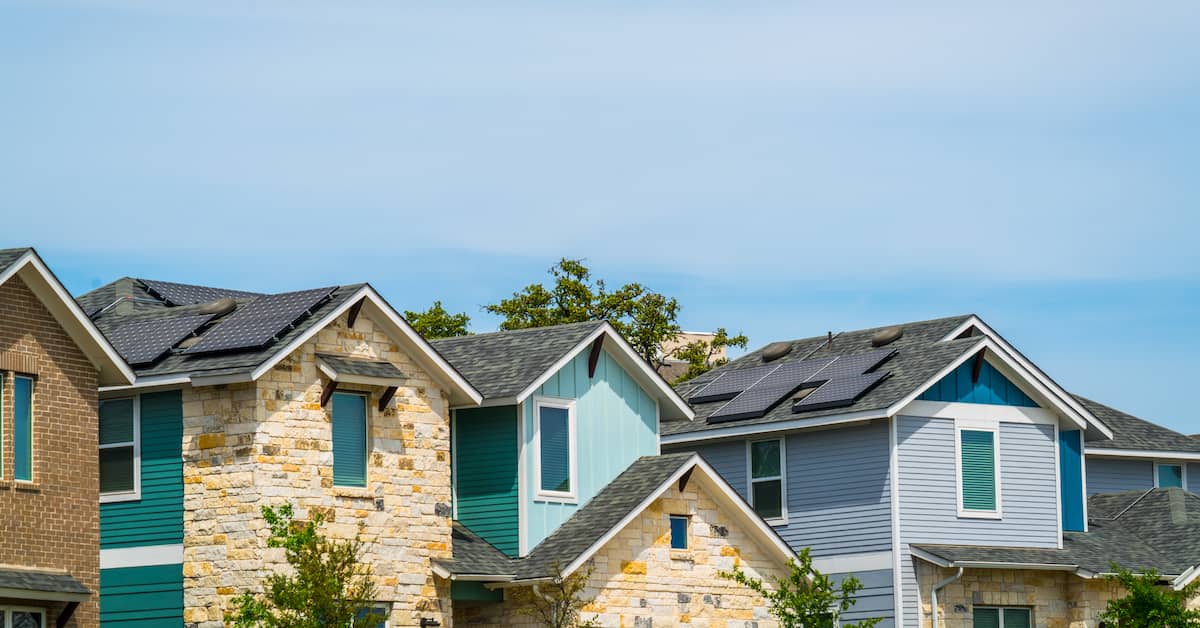
How Do I Stop Wind Washing?
Wind washing insulation can help protect your home from the effects of high winds. But what is wind washing, and what areas of the house need to be sealed to prevent this issue?
The Colorado Front Range is no stranger to high winds. According to the National Weather Service, pressure differences can result in winds ranging from 60 mph to as high as 100 mph in the Denver Metro area, outside of Boulder, and in and around Fort Collins.
Even the sturdiest homes in these communities can suffer the punishing effects of wind washing. Fortunately, REenergizeCO can help. Please call us in Denver at (303) 227-1000 or in Fort Collins at (970) 323-3191 today to discuss our wind washing insulation solutions.
What Is Wind Washing?
Also known as wind wash, wind washing occurs when outside air is pushed into the interior spaces of your home. The attic is the area of the home most vulnerable to wind wash, with issues often arising due to:
- Unsealed roof soffits (the soffit is the material that connects the exterior wall to the overhang of the roof)
- Inadequate or absent air baffles (tracks in the roof that help external air flow through the attic properly)
- Poor roof venting
Wind wash can make the attic unbearably hot in the summer and too cold in the winter. You might also notice drafts, air quality issues, and an unpleasant smell, as well as high heating and cooling bills.
Uninsulated or insufficiently insulated attic walls can compound the problems with wind wash. Inadequate insulation allows outside air to move freely through the attic and throughout the house.
Will Wind Washing Negate the Effect of Insulation?
If your attic walls are insulated, wind washing can reduce the effectiveness of the insulation. High winds entering the house can displace home insulation (particularly common materials like loose-fill fiberglass). This can lead to drafts and temperature control issues that affect the whole house.
Attic insulation should form a barrier along the walls and ceiling that keeps the space (and, by extension, the rest of the house) insulated. Wind washing forces the insulation away from the interior edges of external walls and the roof.
The insulation in attics requires a high R-value (R-49 is the recommended rating for attic insulation in homes along the Front Range). When insulation is disturbed due to wind washing, the R-value goes down and the comfort and energy efficiency of your home suffer as a result.
Do I Need Wind Washing Insulation?
A home energy audit is the first step in determining how wind wash is affecting your house. The energy auditor will closely inspect the depth and performance of the insulation in your walls and attic, as well as perform a blower door test to identify air leaks. Finally, the auditor will review your utility bills over the past year to diagnose inefficiencies that are costing you money.
It may be necessary to remove and replace insulation in the attic if wind washing has compromised the thermal barrier. There are several different options to choose from when upgrading your attic insulation to withstand wind wash:
- Spray Foam Insulation
- Cellulose Insulation
- Fiberglass Insulation (Loose-Fill or Batts)
When installed in an attic, spray foam insulation should be air permeable (i.e., open-cell spray foam). As the name suggests, air-permeable insulation allows for the passage of air through the insulated space. This ensures proper ventilation and reduces the likelihood of moisture buildup (which is less of a risk in a dry climate like Colorado, but still an important consideration).
Loose-fill fiberglass and cellulose are both effective options for attic insulation. However, loose materials may be disturbed if wind wash is allowed to persist.
If you choose a loose-fill insulation material, it may be necessary to seal roof soffits and install air baffles in addition to insulating cavities in the attic. Taking these extra steps will provide further protection from wind-driven air and ensure proper ventilation. Furthermore, upgrading the soffits and air baffles can maximize the effectiveness of wind washing insulation.
Wind Washing? REenergizeCO Can Help!
Air moves through uninsulated and poorly insulated houses in a pattern known as the stack effect. Warm air rises. If you have air leaks in the attic and roof, the warm air will leave your house through the top and cooler outside air will be pulled in. (This is especially a problem in the colder months.)
Wind wash can lead to a significant flow of air from the outside entering your home. If the insulation is displaced by high winds or there is insufficient insulation to seal the house, both your energy bills and the comfort of your home will suffer.
REenergizeCO is Colorado-born and bred. We understand the climate here, and we develop custom solutions to help homeowners keep drafts out and retain conditioned air for a more comfortable, efficient, and affordable home.
Contact REenergizeCO today to optimize your attic insulation. Our team serves homeowners in Denver, Fort Collins, and throughout the Colorado Front Range.
"*" indicates required fields


